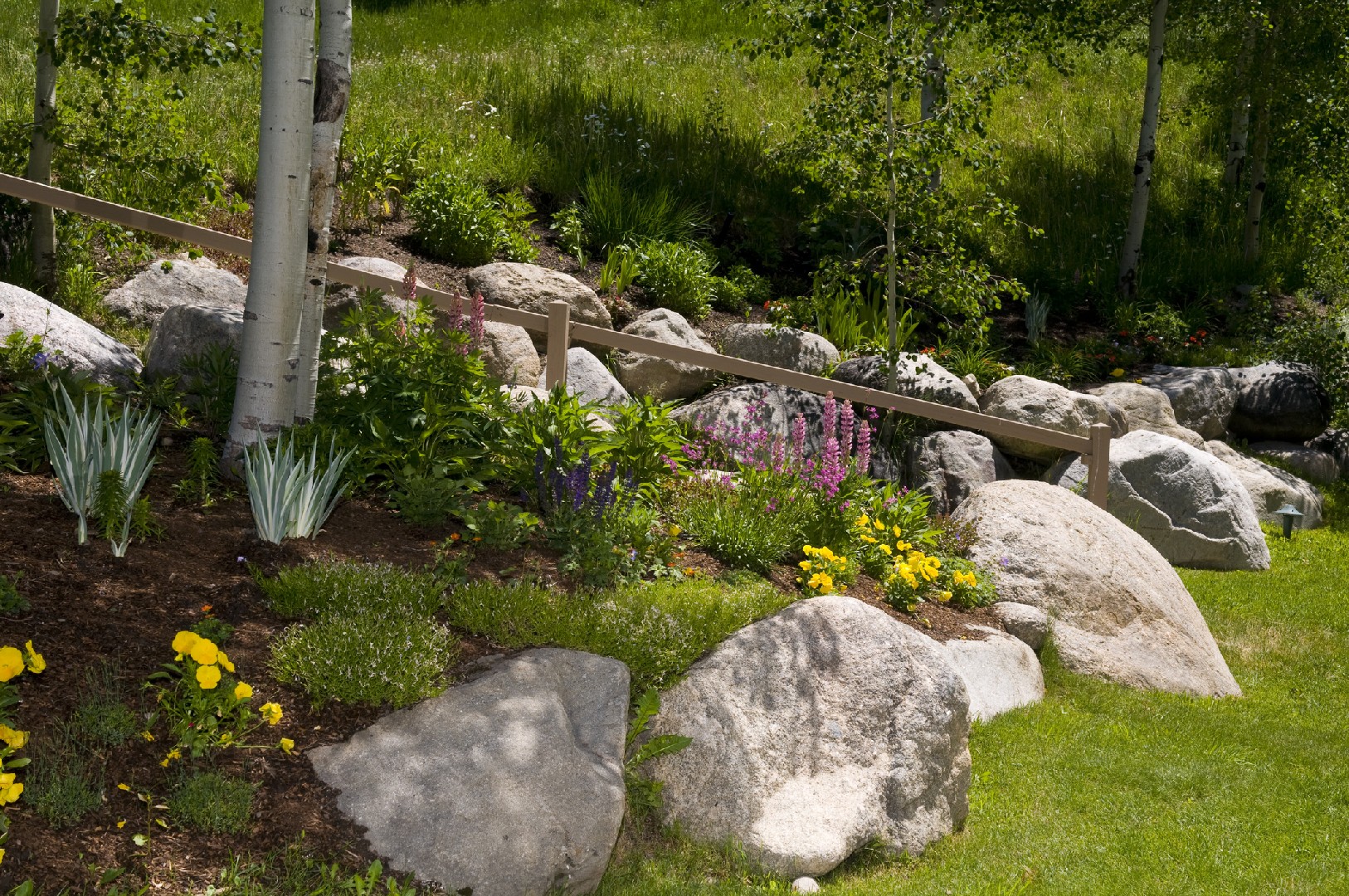![Rectangle]()
Designing and Constructing Your Rustic Retaining Wall
Designing and constructing a rustic retaining wall in your garden can be a highly rewarding and fulfilling project. Not only will it provide support to your garden, but it will also add aesthetic charm to your outdoor space. In this section, we will outline essential steps in designing your rustic retaining wall and discuss the construction process, offering practical design tips to create both functionality and visual appeal.
The first step in designing your rustic retaining wall is to assess the site and determine the purpose of the wall. Are you looking to create terraced levels in your garden? Or do you need to prevent soil erosion on a slope? Understanding the function of the wall will help you determine the appropriate height, length, and materials for your project.
Once you have a clear objective in mind, it's time to plan the layout and choose the materials for your retaining wall. Natural materials such as stone, wood, or brick are popular choices for creating a rustic look. Consider the overall style of your garden and choose materials that complement the existing landscape.
To ensure the stability and longevity of your retaining wall, it is crucial to start with a strong foundation. Excavate the area where the wall will be built and create a level base. Compact the soil and add a layer of gravel for improved drainage.
When constructing your rustic retaining wall, it's important to include a drainage system. This will prevent water accumulation behind the wall and help maintain its structural integrity. Install a perforated pipe along the base of the wall to redirect water away from the foundation of the wall.
Layering the materials is another critical aspect of constructing a rustic retaining wall. Start with the largest stones or bricks as the base, ensuring they are snugly fit together. Gradually work your way up, adding smaller stones or bricks, and fill in any gaps with mortar or soil.
While functionality is crucial, don't forget to focus on the aesthetics of your rustic retaining wall. Incorporate various textures, colors, and heights to create visual interest. Intersperse plants or flowers within the wall to soften its appearance and enhance its natural beauty.
In conclusion, designing and constructing a rustic retaining wall requires careful planning, knowledge of materials, and attention to detail. By following these steps and incorporating the right design elements, you can create a functional and visually appealing addition to your garden. So, roll up your sleeves, embrace nature, and start building your rustic retaining wall to transform your outdoor space into a haven of tranquility and beauty.





